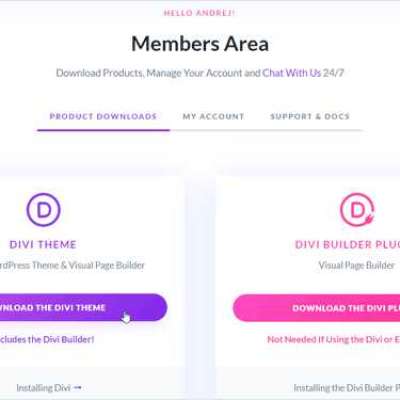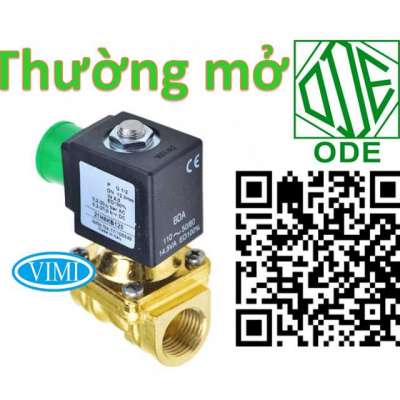Integrating Technology in the Classroom: Beyond the Basics: 11 Innovative Strategies to Enhance Learning
Introduction to Modern Classroom Dynamics
The landscape of education has evolved dramatically, driven by technological advancements and changing societal needs. From traditional chalkboards to interactive whiteboards, the transformation is evident. This shift has redefined the role of technology in education, transitioning from a supplementary tool to a central element in the teaching and learning process.
Leveraging Digital Tools for Enhanced Learning
Digital tools have revolutionized the way students learn. Interactive learning platforms offer a dynamic approach to education, engaging students through multimedia content and interactive exercises. Gamification, the application of game-design elements in non-game contexts, has proven to be a powerful motivator in education, making learning more fun and engaging.
Creating a Collaborative Classroom with Technology
Technology has made collaborative learning more accessible than ever. Virtual collaborative spaces allow students to work together, irrespective of their physical location. Digital tools also enhance group projects, enabling real-time collaboration and feedback.
Customizing Learning Experiences with Tech Innovations
Technology has enabled the development of adaptive learning technologies that tailor educational content to the individual needs of students. Personalized learning paths allow students to learn at their own pace, addressing their unique strengths and weaknesses.
Ensuring Digital Equity in Education
One of the critical challenges in technology integration is the digital divide. It is essential to ensure that all students have equal access to educational technology, regardless of their socioeconomic background.
Maximizing the Role of Educators in a Tech-Driven Environment
For effective technology integration, educators must be proficient in digital tools. This requires ongoing training and support. Balancing traditional teaching methods with technological advancements is key to maximizing the benefits of technology in education.
Engaging Parents in the Digital Educational Journey
Parental involvement is crucial in a child's educational journey. Digital tools provide parents with insights into their child's learning process, bridging the gap between home and school.
Evaluating the Impact of Technology on Student Outcomes
Assessing the impact of technology on education involves measuring academic progress and understanding its effects on students' social and emotional development.
Integrating Technology in the Classroom: Beyond the Basics
Beyond basic technological tools, there are advanced technologies that prepare students for a future dominated by digital proficiency.
This involves not only familiarizing students with current technologies but also preparing them for future innovations.
Navigating the Challenges of Technology Integration
Integrating technology in education is not without its challenges. Overcoming technological barriers and ensuring cybersecurity are critical for a safe and effective learning environment.
Future Trends in Classroom Technology
Staying abreast of emerging technologies is essential for future-proofing education. From virtual reality to artificial intelligence, these technologies are set to redefine the educational landscape.
Sustainable Practices in Technology Usage
Sustainability is a growing concern in all sectors, including education. Promoting eco-friendly educational technologies and practices is vital for a sustainable future.
Developing Critical Thinking through Technology
Technology is not just about accessing information; it's also a tool for developing critical thinking and problem-solving skills. Encouraging students to analyze, evaluate, and create using technological tools is essential for their overall development.
Technology and Special Needs Education
Technology plays a significant role in special needs education. Assistive technologies offer customized solutions that cater to the diverse needs of learners with disabilities.
FAQs: Addressing Common Queries about Integrating Technology in the Classroom
How Does Technology Enhance Personalized Learning?
Technology enables educators to tailor the learning experience to individual student needs. Through adaptive learning platforms, students can learn at their own pace, focusing on areas that require more attention. This individualized approach helps in catering to diverse learning styles and abilities.
What Impact Does Technology Have on Student Engagement?
The use of technology in the classroom significantly increases student engagement. Interactive tools, multimedia content, and gamified learning experiences make education more appealing and relatable to students. This enhanced engagement leads to better retention and understanding of the material.
Can Technology Improve Communication Between Teachers and Students?
Absolutely. Technology facilitates more efficient and frequent communication between teachers and students. Platforms like educational apps and school portals allow for quick feedback, homework submission, and regular updates on academic progress, enhancing the overall educational experience.
How Does Integrating Technology Prepare Students for the Future?
In a world increasingly dominated by technology, integrating digital tools in education prepares students for future academic and professional environments. It equips them with essential digital skills and encourages adaptability, critical thinking, and problem-solving abilities.
What Are the Best Practices for Integrating Technology in Lesson Plans?
Effective integration of technology in lesson plans involves aligning digital tools with educational objectives, ensuring accessibility for all students, and balancing tech-based activities with traditional teaching methods. Continuous evaluation and adaptation of tech strategies are also vital.
How Does Technology Facilitate Collaborative Learning?
Technology creates avenues for collaborative learning through tools like shared digital workspaces and communication platforms. These tools enable students to work together on projects, share ideas, and provide feedback, regardless of their physical location.
Conclusion: Embracing the Future of Education
In summary, the integration of technology in the classroom transcends basic digital literacy, marking a pivotal shift in educational methodologies. It prepares students for a future where digital fluency is essential, fostering skills like critical thinking, collaboration, and adaptability. As we embrace this transformation, schools like Sancta Maria International School in Faridabad stand at the forefront, exemplifying the synergy between technology and education. Their commitment to providing a holistic and forward-thinking learning environment is a beacon for those seeking the best in educational practices. This journey towards integrating technology in education is not just about keeping pace with the digital era; it's about shaping a generation that is innovative, informed, and ready to lead the world into the future.
https://sanctamaria.co.in/
Like
Comment
Share
















